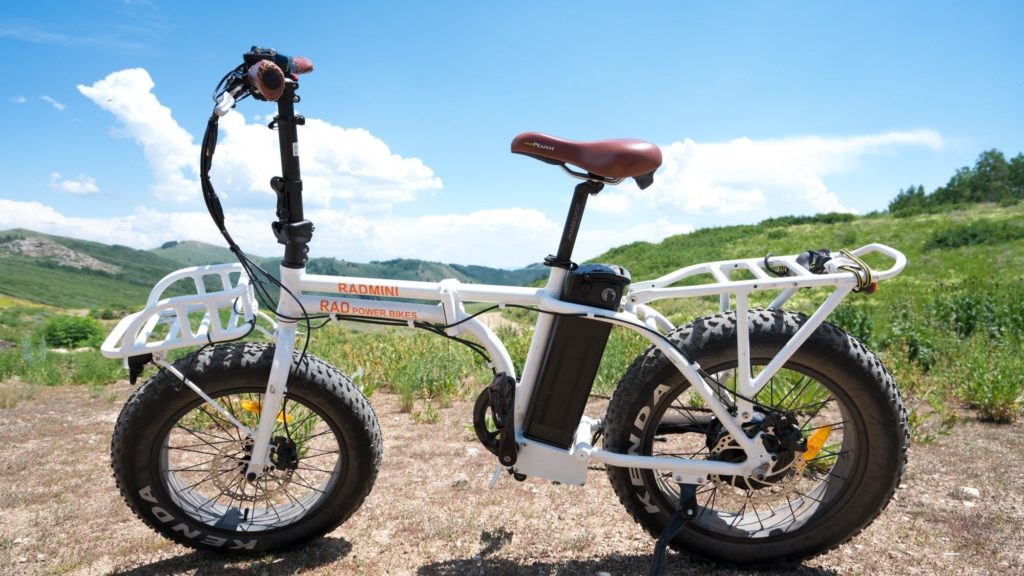An electric bike or ‘e-bike’ gives you a boost when you need it—whether on hills, against headwind or when dealing with an injury—that’s why its been gaining traction with an older demographic.

If you can ride a traditional bike, you’ll have no problem hopping on an electronic one. The electric bike is growing in popularity because the added motor and battery makes it easier for people to tackle strong headwinds and hills. This makes it a good tool for those with knee pain or asthma to cycle around and explore on their own.
What Is An E-Bike?
E-bikes seem like a modern technology, but the idea has actually been around for more than a century. The first known patent for an electronic bike was registered by Ogden Bolton Jr. in 1895. Bolton’s bike included a motor in the rear wheel. Others tried to design and patent different bike designs, but the e-bike arguably came into notice in the 1990s. In 1992, the ‘Zike’ electronic bike was marketed by Vector Services.
Their popularity rose, and by the 2000s, e-bike technology advanced and pushed the bikes into the mainstream. In 2016, nearly 35 million were sold across the world. E-bikes can be either pedaled without the motor, partially powered or completely operated by the motor in ‘electric only’ mode. In the United States, the laws surrounding e-bikes are still a bit hazy. Federal law says e-bikes are the same as regular ones if they have a top speed of 20 MPH and have a motor that’s less than 750W. E-bikes do not need any sort of special license or insurance to operate and can go anywhere a regular bike can.
E-Bikes Are A Great Choice For Boomers
Research says the use of an e-bike could even give boomers a big brain boost. According to a new study, “cyclists using e-bikes between ages of 50 and 83 got better cognitive and mental health benefits than on pedal bikes.” University College London researcher Louise-Ann Leyland said the results about improved cognitive function are “really encouraging,” for both adult traditional or e-bike use by an older adult. Professor Carien Van Reekum of the University of Reading remarked how those who used the e-bikes “felt more confident” in completing the three 30-minute weekly rides the research study called for.
There are several different types of e-bikes, with various features and sizes. Ranging from specialty e-bikes designed for tough riding on mountain trails with larger tires, to foldable bikes with ability to store in small places, to longer bikes able to carry kids or additional cargo and commuter bikes tailor for longer distances. Average electric bikes have a top speed of 20 mph, and a range of 20-50 miles per charge, although this can vary significantly by manufacturer.
Let’s Ride!
Those interested in an e-bike have a lot of options to choose from. The best bike is going to depend on your situation and needs. Fortunately, riding an e-bike is just like its traditional counterpart and the technology only gets better each year. They’re a great choice for boomers who are facing an injury or just want a little more of a boost when it’s needed.


One thought on “Thinking about an electric bike? Here’s what to know before you go”
This is great you encouraging us to try E-bike. Yes, now we need a little boost to feel young again when on the bike. Well, when the legs will gave-up the next step is probably a kayak. Seriously, can you elaborate on this.
Comments are closed.